Looking for smart advice on how to work smarter? Look no further! Below we've compiled the best go-to tips for (relatively) new providers who are looking to keep their safety on lock before taking a job.
The internet is a wild, wonderful world – mostly. While it can be a robust resource for figuring out how to get work, network, and keep work, it can be challenging to funnel information about safety through a sieve, or to encounter a one-size-fits-all baseline of discretion. After all, no one can determine what makes other people feel safe (nor should they!).
From this Vice article, We Asked Sex Workers How They Screen Clients:
"When many in the mainstream public think of escorts, they often think of brothels, madams, and pimps, but the reality is that many escorts work independently. Through review boards such as CAERF, and social media sites like Twitter and Instagram, indie escorts are able to advertise their services and fill their schedules without ever having to join an organization or align themselves under a boss. They are their own managers and they set their own rules, which means they also have to choose their own clients. Whether it's the fear of losing money or being in physical danger, the way in which escorts vet and screen their clients to see if they're actually legit is quite important."
Before considering sites, apps, services, or sleuthing, consider what your actual comfort baseline is. Do you need to know a client's place of work? Their real phone number? How about references? Consider what makes you feel safe, and stick to your boundaries--that's the one thing no one else will be able to do for you.
1) Phone numbers
If someone has contacted you with a phone number, it's easy enough to run it through a few databases to see if other providers have voiced opinions about working with them. Services that allow you to do a quick number lookup are invaluable– find one that works for you. Mr. Number is usually a favorite, not only because it's an app that features a simple, clean design, but also because there is a version that is completely free. However, if you like it and find it to be a reliable source of information (which could depend on your city– there are parts of the world that utilize it more than others), it might be worth it to pay the $2.99/month.
Though the original intended use was for folks to run numbers and report spam bots (which it also does well – so hey – two birds and one stone), providers have taken to using it, leaving comments for one another in the "spam" section. The comments can be anything from "no show," to "time waster," to "dangerous." Once someone has a comment, it's very hard to contest it which means that folks can't try to cover their tracks.
There is a catch, however; as mentioned above, Mr. Number isn't terribly popular in every city and state ( or country, for that matter), and just because a number doesn't have a comment against them doesn't mean they're solid gold. It's worth using the app in conjunction with another method.
2) LinkedIn
You probably know LinkedIn – it's the resume website that also spams you with the professional accomplishments of every person you ever sent an email to any time in the history of forever. While it's a valuable resource for those who work in traditional career spheres, it doesn't typically tend to be the primary source of advertising for most service providers. However, many, many people (if they have recognized careers) rely on LinkedIn to stay connected to work opportunities, network with colleagues, seek alternative employment, and stay up to date on prospective candidates' CVs.
With all that said – how can it work for you? Glad you asked!
LinkedIn is a good way to verify that someone is a person in the world. If they have a LinkedIn profile listing their past few job experiences (preferably a current job as well), then it means that they are likely beholden to the rules of citizenship (somewhat). In conjunction with other forms of screening, it can be an excellent way to verify someone isn't trying to deceive you about who they are.
3) Driver's License
This is an old method, but tried and true! If someone is comfortable with you knowing their name, where they live, and what state their ID is issued in, then they clearly don't have much to lose. While a government ID doesn't necessarily prove a person's character, it can at least provide some viability of personhood. Again, a good thing to use in conjunction with other methods.
4) Meeting in Person.
Before deciding to work with a person, it could be a great idea to meet them in person for a predetermined amount of time. Pick a neutral place (daytime in a coffeeshop, for example) that you know well.
Why meet someone in person? Likely your gut and intuition are stronger than you think. If you have a chance to lay eyes on someone, it may awaken a sense about them. Plus, business professionals of all stripes hold get-to-know-you hours in order to determine if their arrangement is a fit one. It may even be possible to be compensated for your time.
Have an exit strategy in case your Spidey Senses go off. It helps to share your location with a friend too, and/or let them know the exact time and location of your meeting.
5) Pay Stub.
The same general idea of LinkedIn applies here, but is open to workers who a) aren't always comfortable having their work history blasted on the internet, b) workers who work in less traditional industries, and c) workers who may be okay with you knowing some information about them but not all. A pay stub can work great, for example, with a government ID, as it can offer your prospective client a background story that checks out (or doesn't) across the board.
6) Professional References
This is a real kicker! After all, a good many jobs in the world require more than a few professional references before working with someone. References allow providers to verify that this is someone who has seen service providers before, and what said worker's experience/s were/are. It allows you to hear, from the mouth(s) of providers, exactly what was great or not-so-great about a prospect.
If this is a method you choose to utilize, it's great to ask for references that meet the following criteria:
- a) They're relatively recent. A reference from a provider someone saw ten years ago doesn't tell you much about how they've behaved with anyone in the last ten years. While it could simply indicate this person hasn't frequented providers in a good long time, it could also be (though not necessarily) a red flag: perhaps the workers they've seen in the interim refused to write them a reference.
- b) Sent from an established worker, preferably one who offers services similar to yours. Check out their website. Is it hastily thrown together, or is it well established, with lots of ratings? In other words, can you verify that this provider is an actual provider and not simply someone who threw something together real quick and them wrote themselves a reference?
Additionally, if this provider does not offer the services you do, then their reference (no matter how legitimate) may not mean much to you.
There are many ways to screen, and only you know what will make you feel the safest. While this list is by no means comprehensive or exhaustive, it's a great jumping-off point for those who are just dipping their toes into the industry and want to do so in a safer, and more organized way! At the end of the day, you make your own call – after all, one of the great perks of working for yourself is getting to be your own boss!

